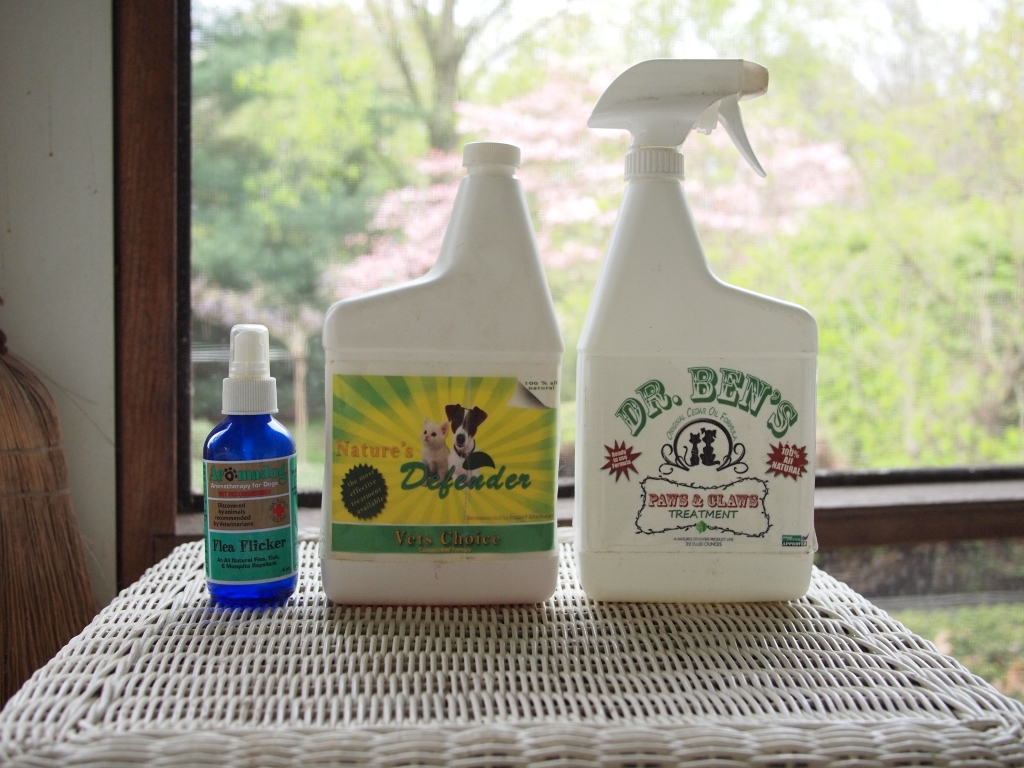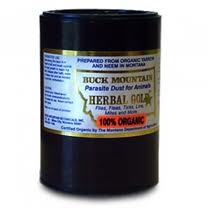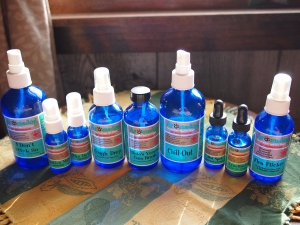For floors countertops and soooo much more. Thieves® Household Cleaner is quickly becoming one of my favorite things that I use in my veterinary practice.
This cleaner is a suspension of safe surfactants (wetting agents) and Thieves® essential oil (a proprietary blend of 100% pure Young Living Therapeutic Grade™ essential oils of clove [Syzygium aromaticum], lemon [Citrus limon], cinnamon bark [Cinnamomum verum], eucalyptus [E. radiata] and rosemary [Rosmarinus officinalis CT cineol].
The first time I used it was for fleas. This cleaner is great for bathing animals that have a flea problem. It quickly kills any living fleas and does it all in a manner that is nontoxic – this stuff is so safe you can even drink it. If diluted, Thieves® Household Cleaner can even be used as a leave-on dip that will help to continue repelling fleas from a pet.
Chin acne in cats can also be treated with Thieves® Household Cleaner. I have mixed up a very dilute solution of the cleaner (about 1 capful of the cleaner mixed with distilled water in an 8 ounce spray bottle) combined with some other essential oils like Lavender and Copaiba to make a spray that can safely be used several times a day to help prevent those blackheads on the chin that cats are so prone to develop.

Can you find the scar? This wound healed much faster than usual with using the Thieves Household Cleaner – and there is barely a mark left after 3 weeks.
Most recently I used Thieves® Household Cleaner to treat a severe bite wound on a dog – my own dog, Seaweed. This wound was on his chest and there was a deep hole into his muscle accompanied by some skin that had been pulled away from his body wall. Now my chihuahua is a very sensitive guy and he screams with just the anticipation of pain so I was prepared for the worst the first time I used it. I diluted the cleaner until it looked like weak lemonade and proceeded to flush his wound – not a peep – I was amazed. Clove which is one of the ingredients in the cleaner has been used by dentists for ages to help control dental pain and it’s this ingredient that I think made the wound flushing tolerable.
It’s also important to note that this is an excellent household cleaner. So many of the products we use are toxic to us and even more toxic to our pets. This happens in part because they are essentially walking around in bare feet and constantly having there skin exposed to the chemicals we use in our everyday cleaning. Thieves® Household Cleaner can be used for degreasing, floors, walls, upholstery, fabrics, carpet spot cleaning, general carpet cleaning, glass, pots & pans, hand cleaner, etc … . I even use it for my fruit and vegetable cleaning now.
To sum it all up, no home should be without Thieves® Household Cleaner. It’s good for keeping everything clean and good for your and your pet’s health.
Peace, love, and plenty of tail wags~
Jennifer Forsyth, VMD







